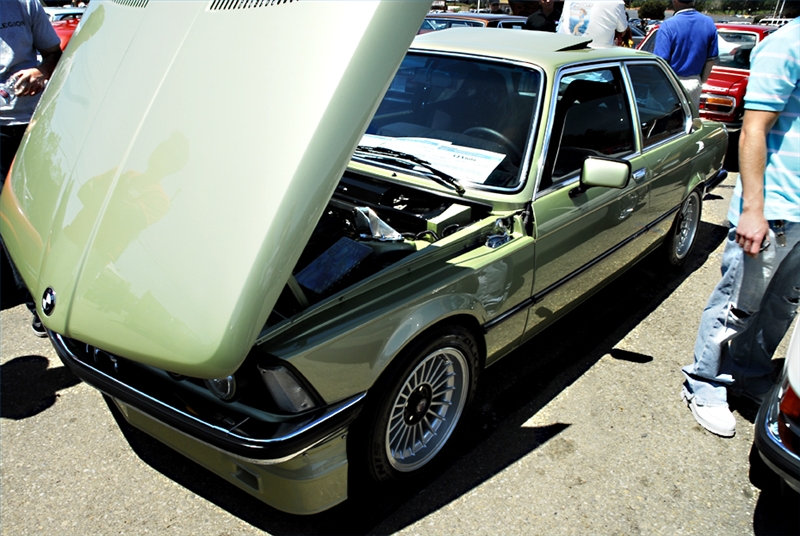
The BMW 320i, designated the E21 by the factory, was the first generation of the 3 Series, which would go on to become one of BMW's most popular models ever. It replaced the 2002 and was sold in the U.S. from 1977 to 1983. From 1977 to 1979 it was powered a 2.0-liter inline-4 and from 1980 to 1983 was powered by a 1.8-liter inline-4. It was replaced in 1984 by the E30 3 Series.
The engines in 320s are durable if properly taken care of with regular oil changes and tune-ups. Overheating and blown head gaskets are a common failure, however. Look for warped heads when evaluating a used 320i. The emissions system on the 320 is complex and the thermal reactors can be problematic. If you live in an area where the emissions equipment needs to be fully intact, the reactor runs $400 to $500 (as of 2009).
All 320s came with Bosch K-Jetronic fuel injection. The system is generally pretty reliable, but poor running can be the result of a number of issues such as vacuum leaks. Also, the fuel lines should be checked to ensure that they are not leaking. The lines were made from plastic that can become brittle over time and crack.
320s will usually suffer from a front end shake at around 50-55 mph. This is caused in part by a front suspension design that relies on the sway bar to control the fore and aft movement of the control arms. The shimmy itself is caused by worn swaybar bushings. Models made from 77-79 have a two-piece bushing. This was replaced the by a soft, one-piece bushing with a metal sleeve in 1980 that is supposedly superior. To fix the problem the control arms, upper strut bearing, wheel bearings, control arm bushings and steering rack bushings need to be inspected. Any worn parts should be replaced. There are firmer eurethane bushings available from Bavarian Auto.
The front chassis on the 320 can develop stress cracks. The fix involves welding in a frame rail brace like the one that Alpina offered. These are no longer made by Alpina, but reproductions are available.
Keep in mind that the 320 is now a 25-30-year-old car. One that has been poorly taken care if will probably have more than just the problems listed above and will take considerable time and expense to truly put right. That said, these are classic BMWs that can be fun to own and drive.